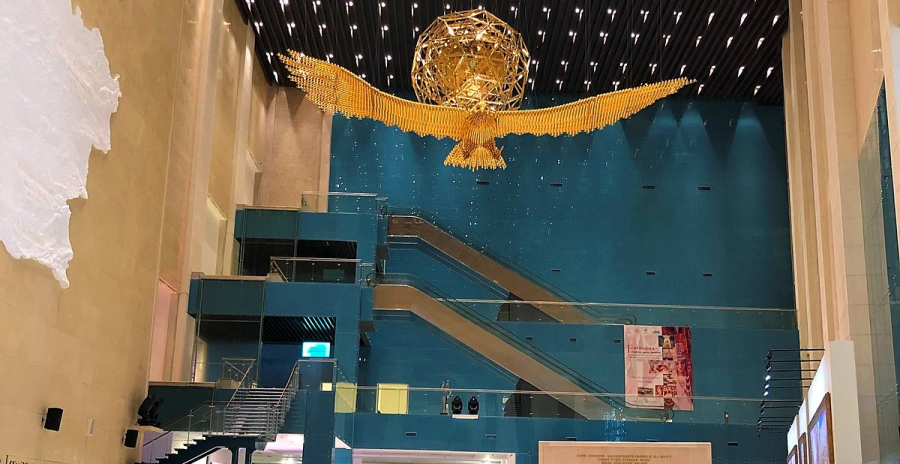
A special biobank will appear in Kazakhstan. It will include 20 species of rare and endangered animals and birds and about 60 species of such plants. Domestic scientists of the National Center for Biotechnology in the capital are forming it now as part of the scientific and technical program of the country’s Ministry of Education and Science.
According to the International Union for Conservation of Nature, at present there are around 40,000 species of animals and plants in danger of extinction. However, thanks to the latest technologies, cryogenically frozen specimens stored at the National Center for Biotechnology can be used in the future to revive the biodiversity of our country’s flora and fauna.
The procedure of freezing or cryopreservation of cells and tissues of rare and endangered animal species is currently being carried out by specialists of the stem cell laboratory. Samples of biological material pass through several important stages before they are placed in a cryoprotectant, and then they are sent for long-term storage to a special cryo-storage or cryobank. According to experts, they can be stored there for up to several decades at a temperature of liquid nitrogen up to 196 degrees Celsius.
“We get the primary culture and store it in our cryobank. The procedure consists of several stages, it is the isolation, cultivation and complete characterization of these cultures. They can be stored there for decades, even for 50 years. It is very long. What is it done for? Let's say if we wanted to clone animals to restore the population, then our biological material could be used for this,” explained Vyacheslav Ogay, Head of the Stem Cell Laboratory at the National Center for Biotechnology.
The latest biotechnologies that Kazakhstan’s scientists are successfully using are offering a chance to survive to those species that are in danger of gradual extinction or even complete extinction. No animal was harmed during the creation of the biobank.
“DNA collection can come both from living individuals and those who died a long time ago. We use a wide variety of sources. It could be animal sampling at the zoo, where, as we know, there are different endangered species from the Red Data Book, so as the samples that we get when law enforcement agencies catch poachers or smugglers,” added Yerlan Ramankulov, Director General of the National Center for Biotechnology.
20 rare and endangered species of animals and birds of the country included a maral, roe deer, saiga, curly pelican, steppe eagle, Karatau archar, Tien-Shan brown bear and other equally valuable representatives of the Kazakh fauna.
Translation by Assem Zhanmukhanova
Editing by Saule Mukhamejanova









